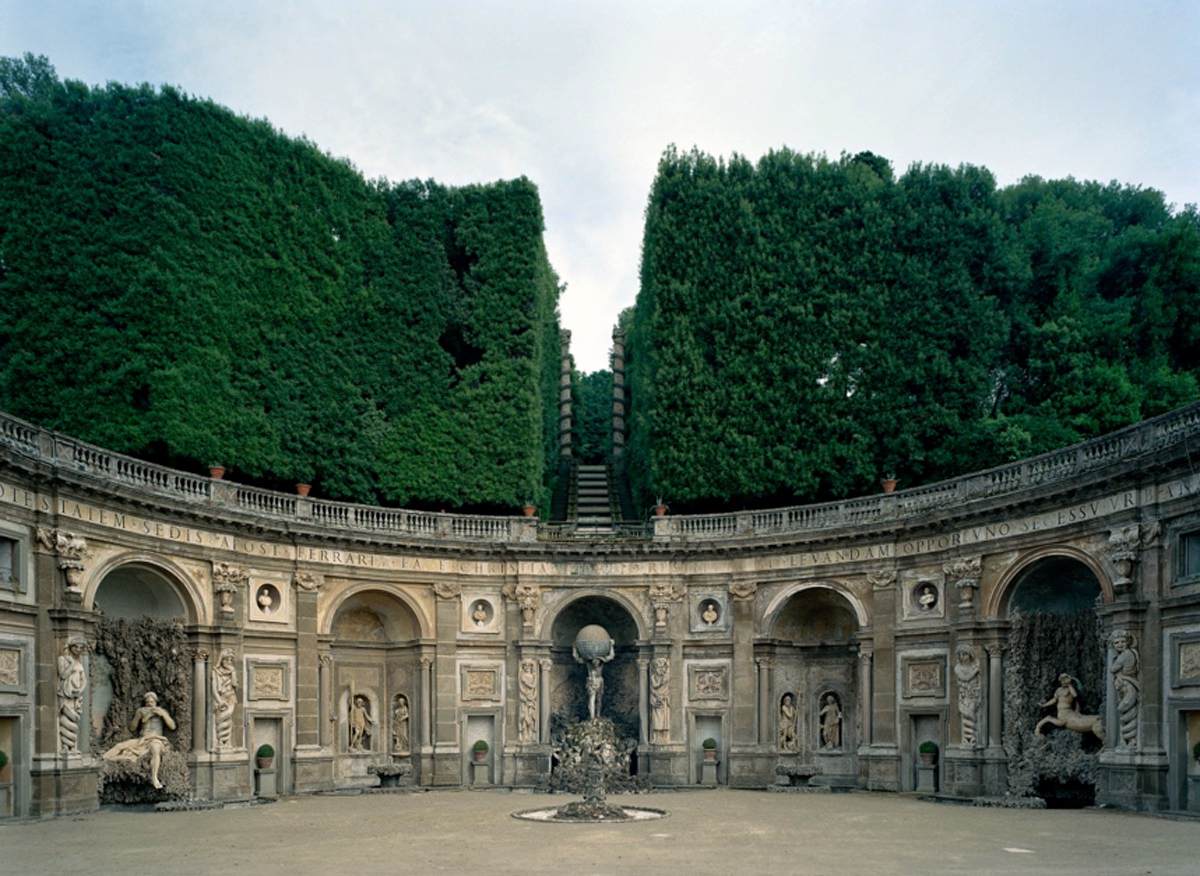Italian architect. He was the leading Roman architect of the early 17th century, who determined the style of early Baroque architecture.
He began his architectural career in Rome assisting his uncle Domenico Fontana. His first major Roman commission, the façade of Santa Susanna (1597-1603), led to his appointment in 1603 as the chief architect for St. Peter's. In 1607 he designed the nave and a new façade for St. Peter's and was made architect to Pope Paul V.
The façade of Santa Susanna was completed in 1603 and is considered the first Baroque façade. Maderno started from the type established by Giacomo da Vignola's design for, and Giacomo della Porta's executed version of, the Church of the Gesù in Rome, but the significance of Maderno's contribution lies in his reversal of Della Porta's alterations to Vignola's design. In its original form the Gesù façade had a slight emphasis on the centre, building up from the pilasters at the edges to attached columns in the middle. But, Della Porta made a more complex design in which no really dominant accent is felt: Maderno returned to the concept of a façade as something simple but building up to a climax at the centre, and he used both sculpture and decorative elements to create a simple, uncluttered, but rich impression. This is the hallmark of early Baroque.
Santa Susanna was a great success, and in 1603 Maderno was appointed, with another uncle, Giovanni Fontana, to succeed Della Porta as architect to St. Peter's. Here he made the most significant contribution since Michelangelo, because he pulled down the remaining parts of Old St. Peter's and proceeded to transform Michelangelo's centralized Greek-cross design into a Latin cross with a long nave and chapels. This extension of the basilica was undoubtedly necessary from the point of view of practical requirements, but it destroyed Michelangelo's great conception and substituted something less impressive, since the great dome can no longer be appreciated from every point of view.
As a result of these alterations, Maderno had to design a façade which would not detract too much from the dome and, at the same time, would be worthy of its setting and also contain a central feature, the Benediction Loggia, to provide a frame for the figure of the pope when he appeared in public. These conflicting requirements were met as far as possible by Maderno's adaptation of a typical Roman palace façade, with decorative motives taken from Michelangelo's works. The plan to provide bell towers at the ends to enframe the dome in distant views had to be abandoned because the foundations gave trouble. The work, including the decoration, was completed and consecrated on Nov. 18, 1626.
Among Maderno's other works are the church of Santa Maria della Vittoria (1605; façade by Giovanni Battista Soria, 1626) and the church of Sant'Andrea della Valle (1608-1628; façade completed by Carlo Rainaldi in 1665), which has the largest dome in Rome after St. Peter's. In 1628 he designed the huge Palazzo Barberini, altered and completed by others.
Maderno died in Rome on Jan. 30, 1629.
//
![]()









